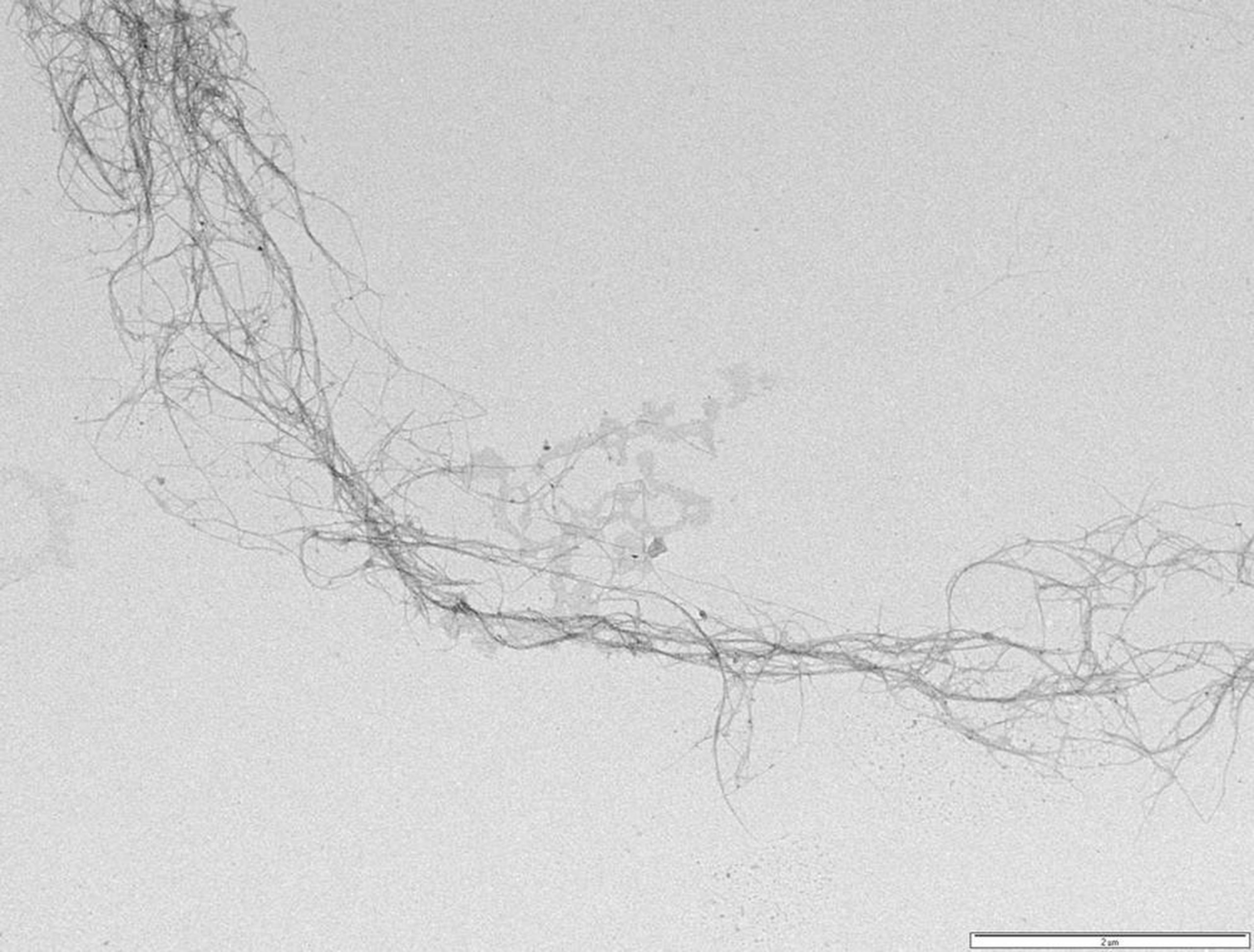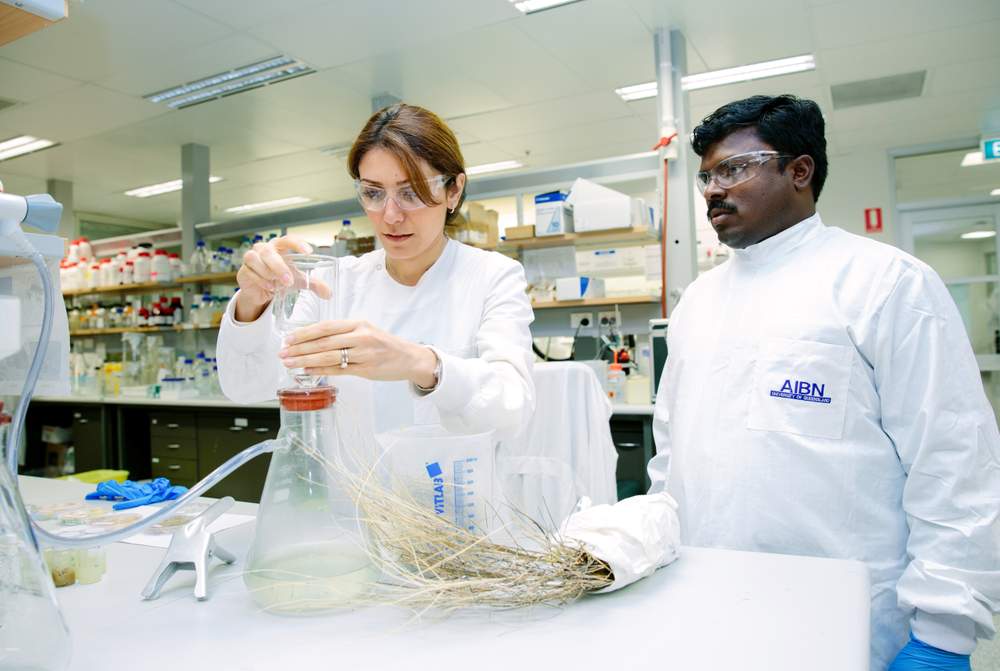Nanofibres can strengthen many materials for a wide range of applications from thinner more flexible electronics and plastics, to next generation building materials and elastomers.
Current nanofibre production is typically both energy and resource intensive, and therefore expensive. Furthermore, most nanofibres are produced from non-renewable sources like petrochemicals. To work towards stronger, more sustainable products we need an energy efficient, renewable and eco-friendly source of nanofibres.
Prof. Darren Martin’s spinifex R&D Team at the University of Queensland (UQ) have developed and patented a low-cost process to extract very long, very thin (3-4 nm) and very tough cellulose nanofibres from spinifex grass. These are among the longest, thinnest and toughest nanocellulose materials reported to date.

Spinifex grasses cover around 30% of the Australian continent, making them a readily available, eco-friendly and drought tolerant source of nanofibres. Spinifex’s plant cell wall structure makes nanofibre refinement easily done without excessive chemicals or energy use.
The research team rely on transmission and scanning electron microscopy at our UQ facilities to understand the structure and mechanical properties of
these nanomaterials.
The UQ team have partnered with the Dugalunji Aboriginal Corporation to share traditional knowledge and intellectual property of the process and final product.
Together they set up a spinifex farm and processing facility at Camooweal, Qld, and a pilot nanofibre production facility at the UQ Long Pocket campus in Brisbane. This has initially created 11 Indigenous jobs, a number likely to expand as applications for the nanofibres are fully realised.
Large quantities (up to 5 kg/day) of spinifex nanofibres are currently being produced for commercial trials. The 15-strong research team is exploring applications in different industries including building materials, paper and cardboard, bitumen, cement and geopolymer materials, packaging and elastomers.
They have seen particular success in latex reinforcement, producing nanocomposite latex materials with potential use in gloves and condoms that are up to 30% thinner, while remaining stronger than
current products.

Dr Pratheep Annamalai and Dr Nasim Amiralian in the lab with a bundle of spinifex.
Array
September 22, 2020